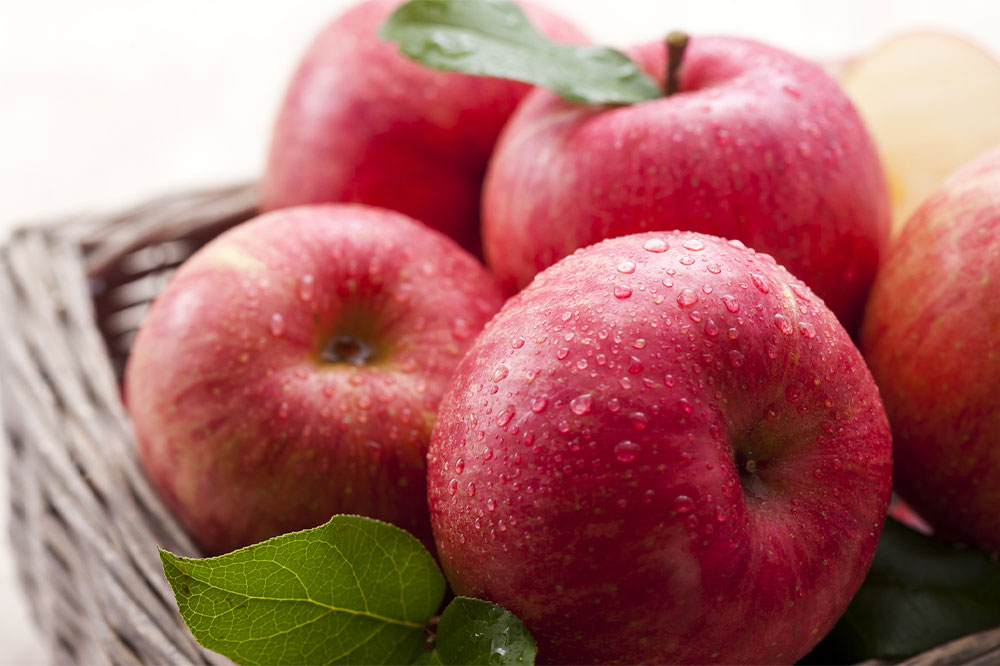6 Foods to Eat and Avoid for Constipation

The studies show that around 14% of people face chronic constipation at some point. The symptoms of constipation include passing stools less than three times a week, feeling bloated all the time, having hard stools, and needing too much force to pass the stool. Constipation can be due to poor eating habits, slow digestion process, dehydration, illness, pregnancy, certain treatments, etc. A person should keep their food habits in check to manage constipation.
6 foods that can help treat constipation
Given below are some fiber-rich foods that can help relieve constipation and regularize bowel movements:
Fruits
Fruits are rich in insoluble fiber and have high water content, making them a good pick, especially if one suffers from constipation. Here are some high-fiber fruits that can help ease the condition:
Kiwi : Kiwi contains the enzyme actinide, which helps with indigestion, pain, acid reflux, and abdominal discomfort.
Apples and pears : These fruits have high water content and can aid digestion.
Blackberries : They are a rich source of fiber and water. A bowl of blackberries and raspberries can help with constipation.
Grapes : They contain a lot of water and can hence add moisture to hard stools.
Whole wheat pasta, bread, and cereals
Whole wheat products like pasta, bread, and cereals are a great source of insoluble fiber.







